Activated Carbon
₦25,000.00
Description
Activated carbon, also known as activated charcoal, is a highly porous form of carbon with a large surface area, making it extremely effective at adsorbing impurities and contaminants from gases and liquids. It is produced by processing carbon-rich materials, such as wood, coal, coconut shells, or peat, at high temperatures in the absence of oxygen to create a network of pores.
### Key Applications of Activated Carbon
1. **Water Treatment**:
– **Drinking Water Purification**: Activated carbon is widely used in municipal water treatment plants and household water filters to remove chlorine, volatile organic compounds (VOCs), and other contaminants that can affect the taste, odor, and safety of drinking water.
– **Wastewater Treatment**: It is also used in wastewater treatment plants to remove organic pollutants, heavy metals, and other harmful substances before the water is discharged back into the environment or reused.
2. **Air and Gas Purification**:
– **Air Filters**: Activated carbon is used in air purifiers and HVAC systems to remove odors, smoke, and harmful gases like volatile organic compounds (VOCs) from indoor air. It is especially effective in adsorbing odors caused by cooking, pets, and tobacco smoke.
– **Industrial Gas Treatment**: In industrial settings, activated carbon is used to purify gases by removing pollutants, such as hydrogen sulfide, mercury, and other toxic gases, from emissions before they are released into the atmosphere.
3. **Medical Uses**:
– **Poison Treatment**: Activated carbon is used in emergency medicine to treat certain types of poisoning and drug overdoses. It works by adsorbing the toxic substances in the gastrointestinal tract, preventing them from being absorbed into the bloodstream.
– **Wound Care**: Activated carbon is used in certain wound dressings to help manage odors and absorb wound exudate, promoting a cleaner and more comfortable healing environment.
4. **Food and Beverage Industry**:
– **Decolorization**: In the food and beverage industry, activated carbon is used to decolorize and purify liquids, such as sugar syrups, alcoholic beverages, and fruit juices, by removing unwanted colors, odors, and impurities.
– **Odor and Taste Removal**: It is also used to remove off-flavors and odors from food products, helping to improve their quality and shelf life.
5. **Chemical Industry**:
– **Catalyst Support**: Activated carbon is used as a support material for catalysts in various chemical reactions, particularly in the production of chemicals and pharmaceuticals. Its high surface area provides an ideal environment for catalytic reactions.
– **Solvent Recovery**: It is used in the chemical industry for the recovery of solvents, where it adsorbs and recovers organic solvents from gas streams, reducing waste and improving process efficiency.
6. **Gold Recovery**:
– **Mining**: In the gold mining industry, activated carbon is used in the carbon-in-pulp (CIP) and carbon-in-leach (CIL) processes to recover gold from cyanide leach solutions. The gold adsorbs onto the activated carbon, which is then separated and processed to extract the gold.
7. **Environmental Applications**:
– **Spill Response**: Activated carbon is used in environmental clean-up efforts, particularly in the event of chemical spills, where it can adsorb hazardous substances and help to prevent their spread into the environment.
– **Groundwater Remediation**: It is also used to treat contaminated groundwater by adsorbing organic pollutants and heavy metals, making the water safer for use or discharge.
8. **Cosmetic and Personal Care**:
– **Skin Care**: Activated carbon is increasingly being used in skincare products, such as face masks and cleansers, due to its ability to draw out impurities and toxins from the skin.
– **Teeth Whitening**: It is also found in some toothpaste and teeth-whitening products, where it helps to remove surface stains and whiten teeth.
### Advantages of Activated Carbon
– **High Adsorption Capacity**: The large surface area and porous structure of activated carbon allow it to adsorb a wide range of contaminants efficiently.
– **Versatility**: Activated carbon can be used in a variety of forms, including powder, granular, and extruded forms, depending on the specific application.
– **Renewable**: Activated carbon can be regenerated and reused in many applications, reducing the need for continuous replacement and minimizing waste.
### Types of Activated Carbon
– **Powdered Activated Carbon (PAC)**: Fine particles with a high surface area, used primarily in liquid-phase applications like water treatment.
– **Granular Activated Carbon (GAC)**: Larger particles used in both liquid and gas-phase applications, including water filters and air purifiers.
– **Extruded Activated Carbon**: Cylindrical pellets used in industrial applications where low-pressure drop and high mechanical strength are required.
### Safety and Handling
– **Combustibility**: Activated carbon is a combustible material and should be stored away from sources of ignition. It can spontaneously combust if not handled properly, especially if exposed to certain chemicals.
– **Dust Control**: Activated carbon can generate dust, which may cause respiratory irritation. Proper ventilation and protective equipment, such as masks and gloves, should be used when handling it in powder form.
### Environmental Impact
Activated carbon is considered environmentally friendly because it can be produced from renewable resources, such as coconut shells, and can often be regenerated for repeated use. However, care must be taken to manage its disposal properly, especially when it has been used to adsorb hazardous substances.
### Physical and Chemical Properties
– **Appearance**: Black, porous material (available in powder, granular, or pellet forms)
– **Odor**: Odorless
– **Solubility**: Insoluble in water and organic solvents
– **Density**: Varies depending on the type and form; generally around 0.4-0.5 g/cm³ for granular activated carbon
Activated carbon is a crucial material across numerous industries due to its exceptional adsorptive properties. It plays a vital role in purifying water, air, and other substances, making it indispensable in both environmental and industrial applications.

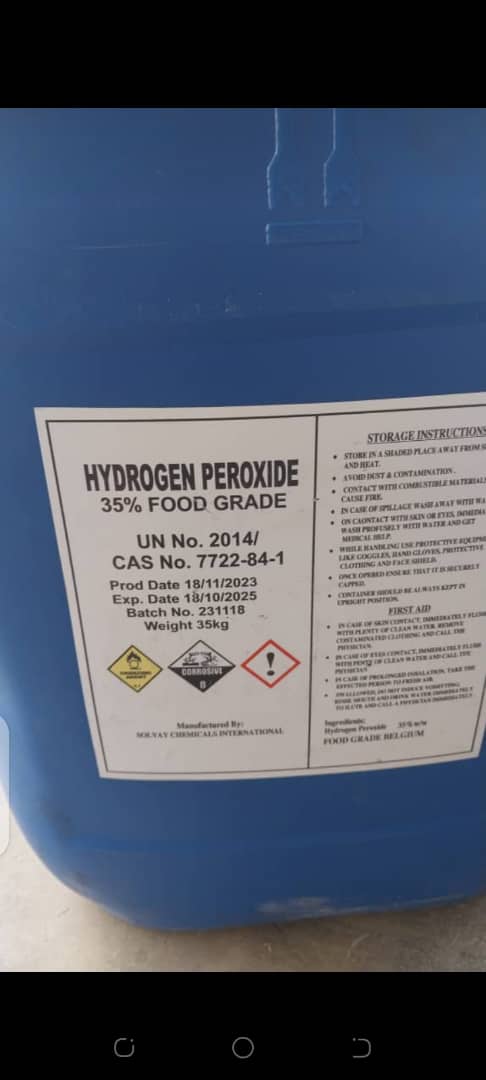
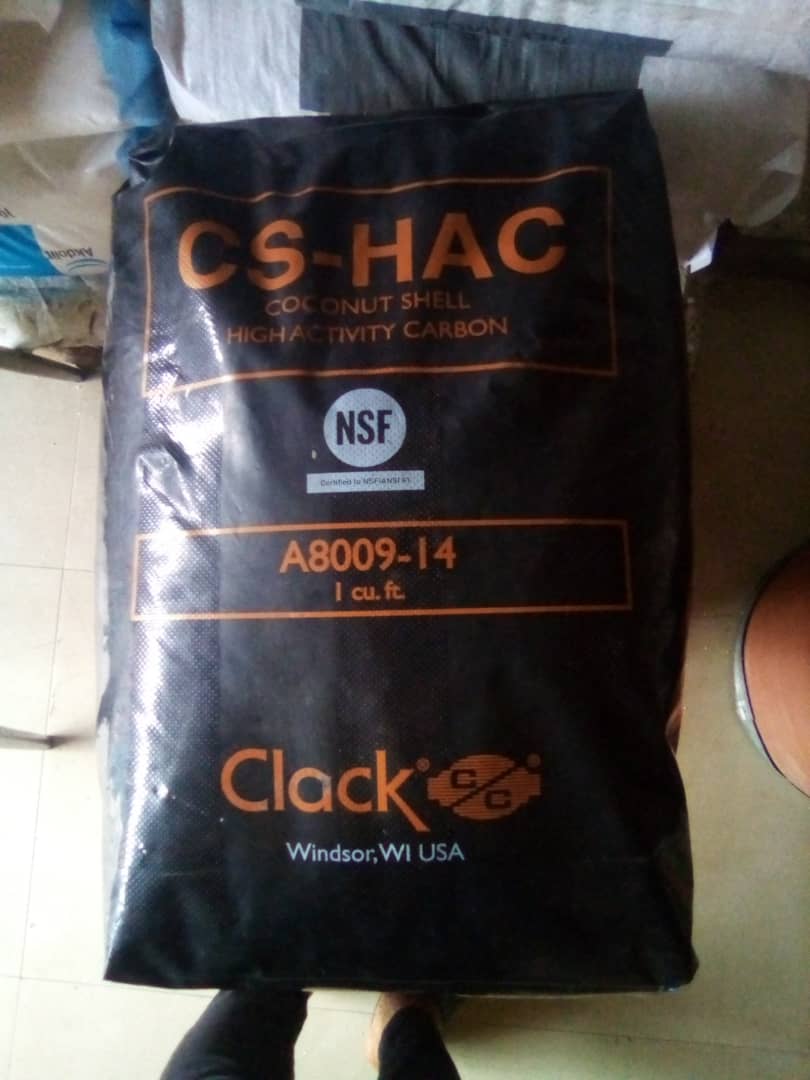
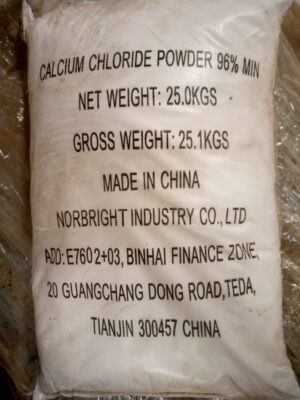
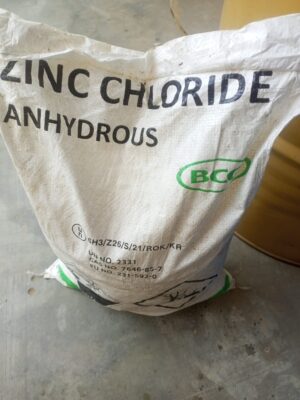
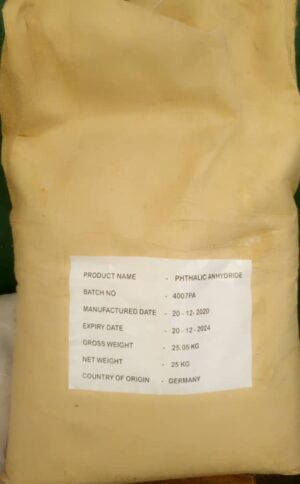

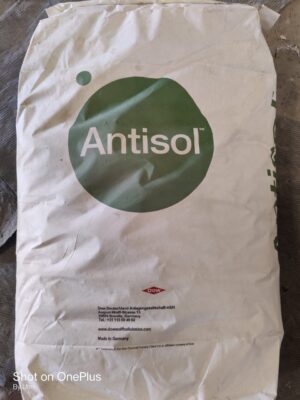

Reviews
There are no reviews yet.